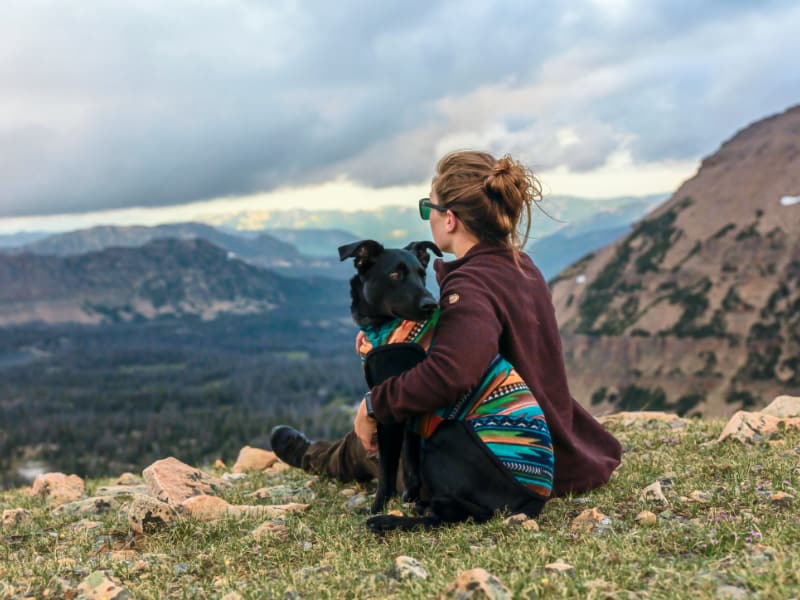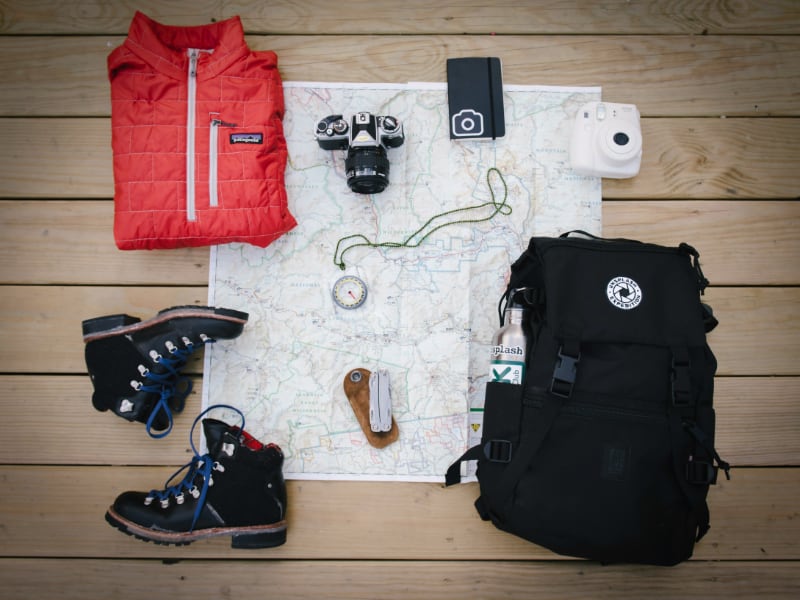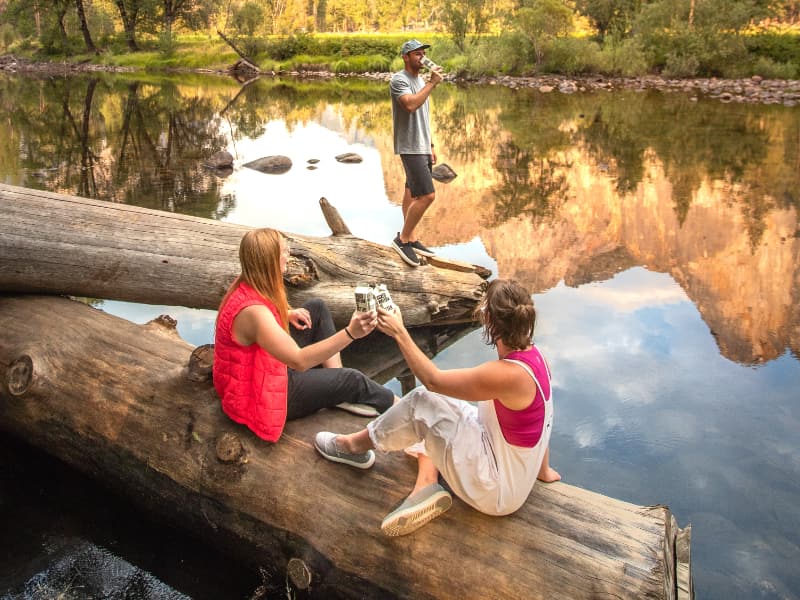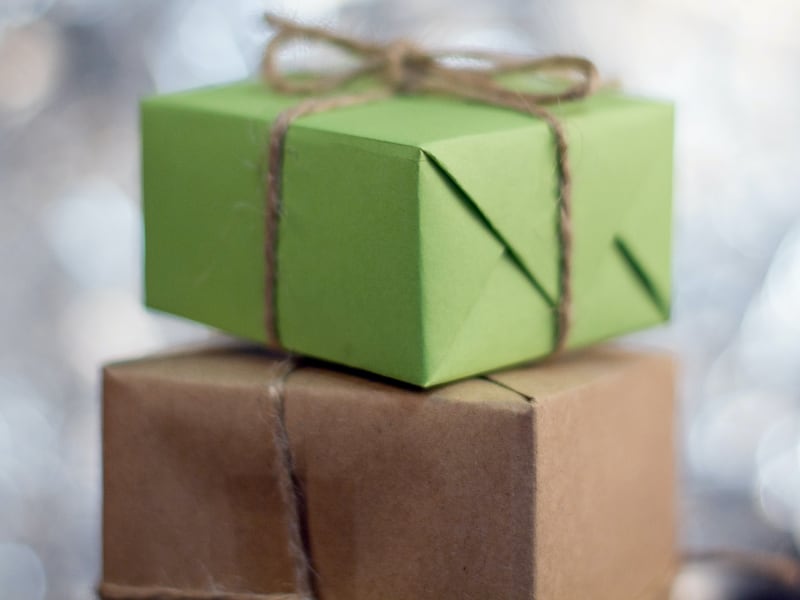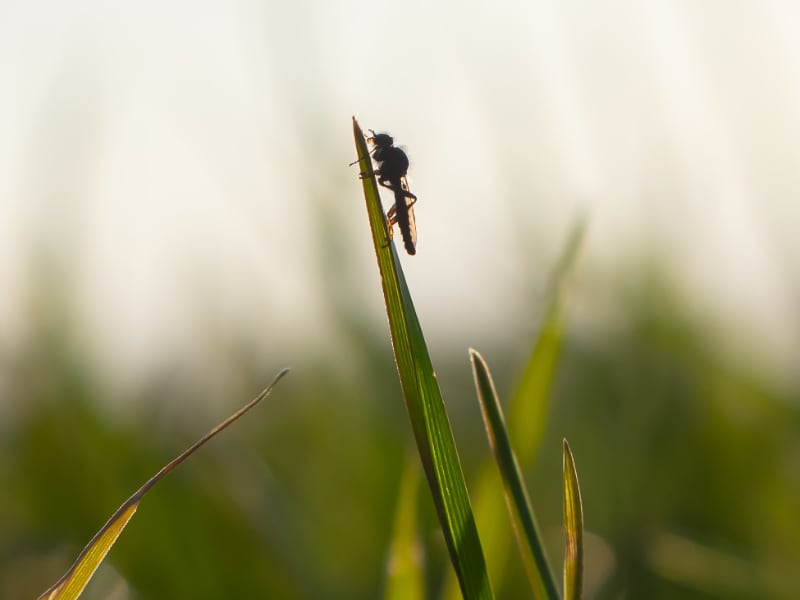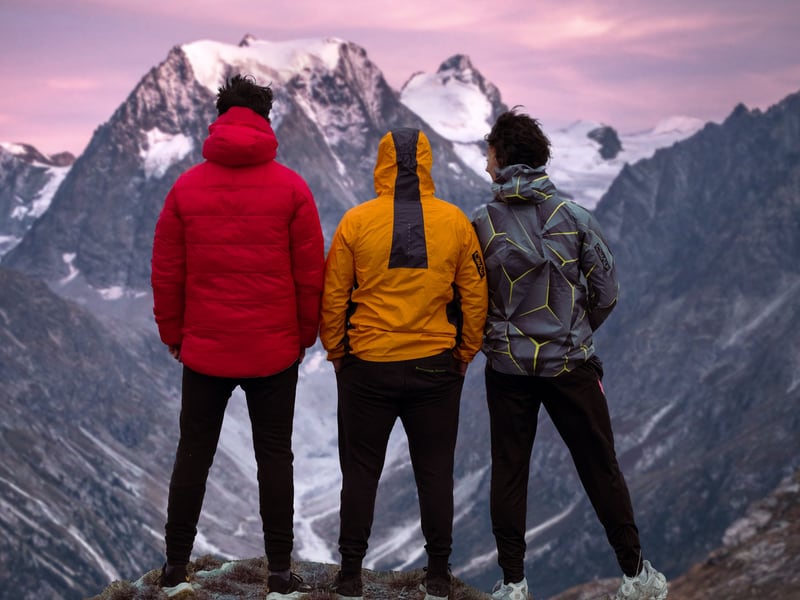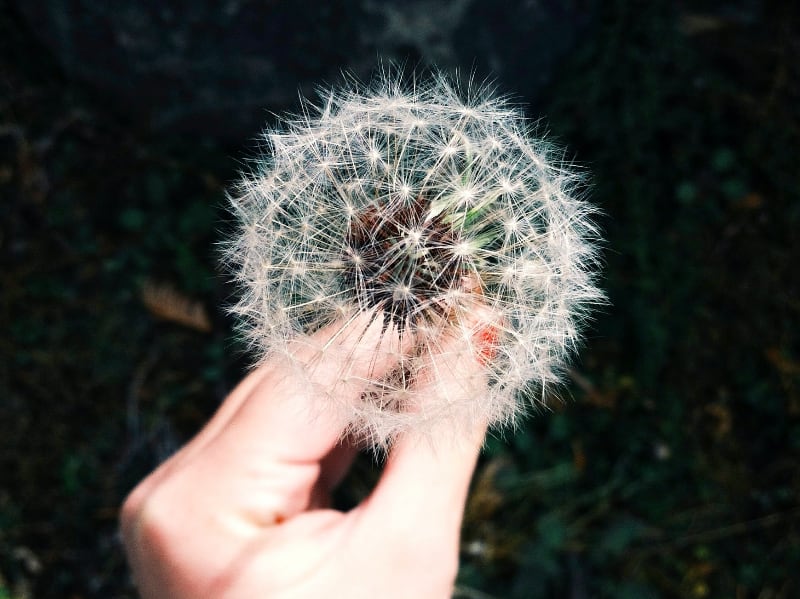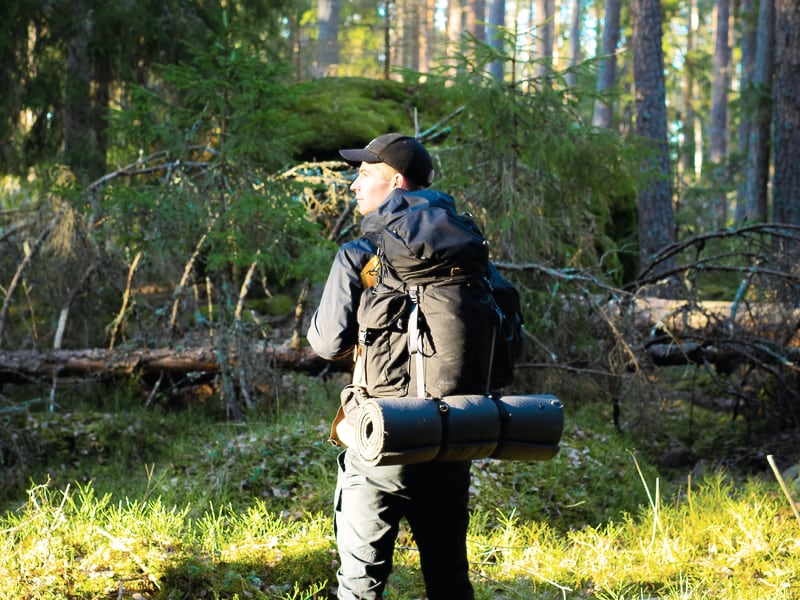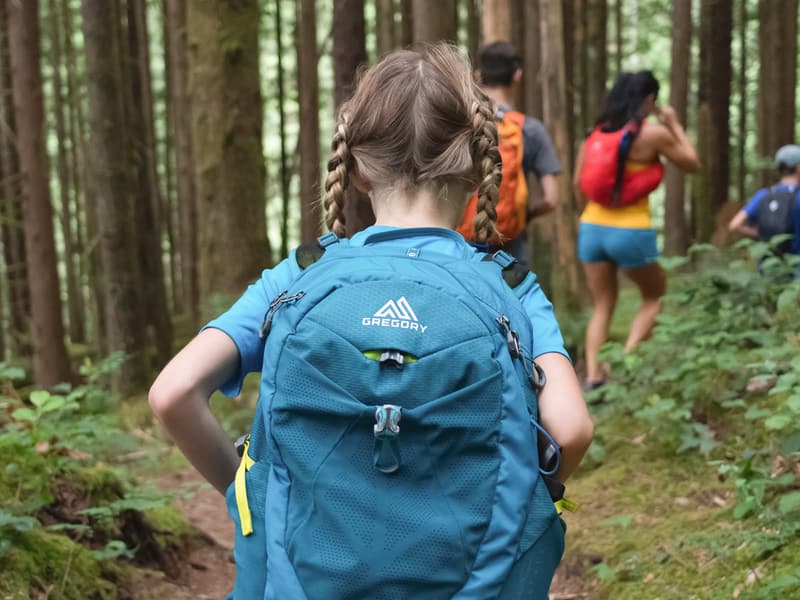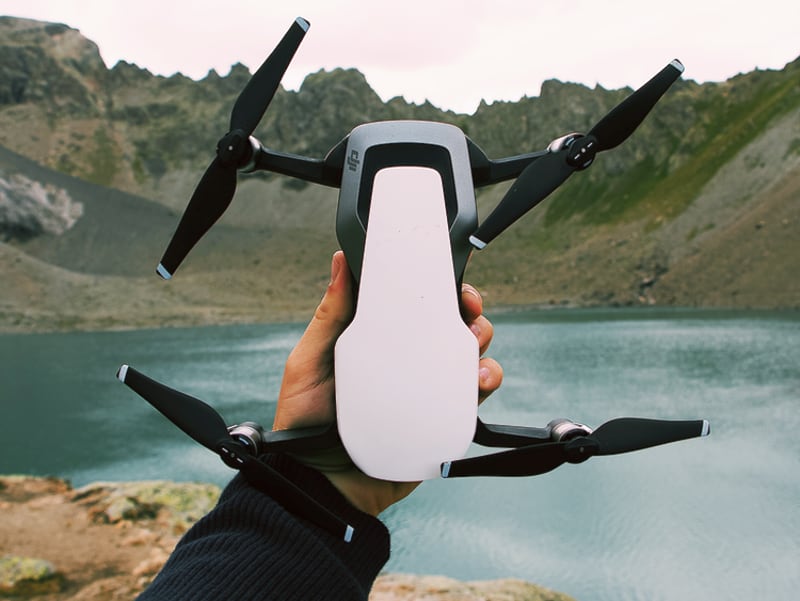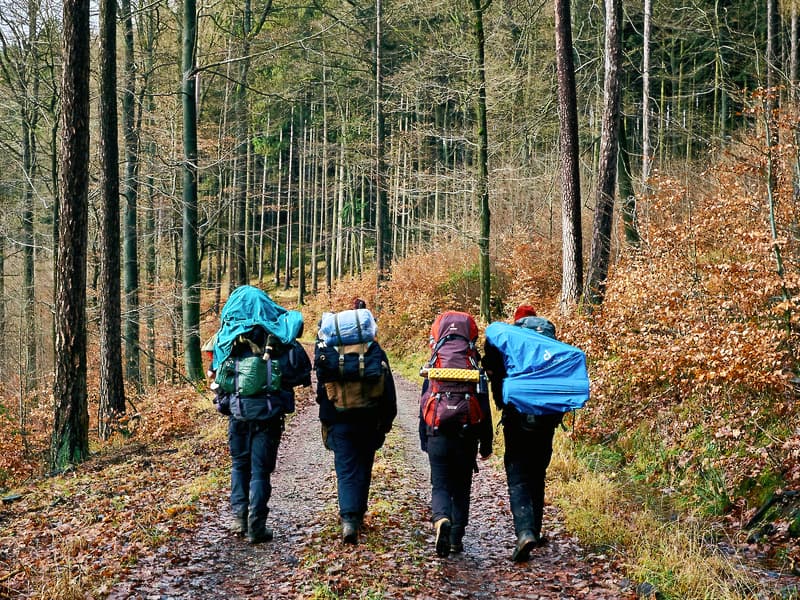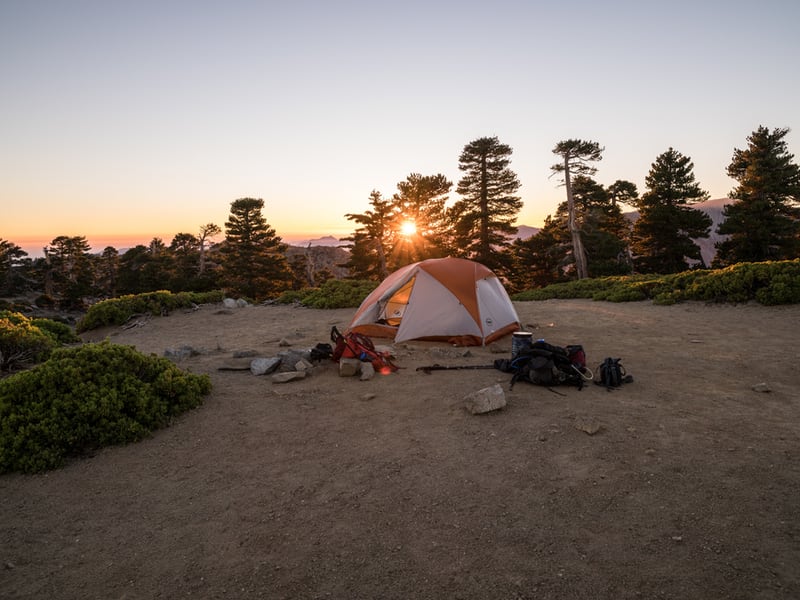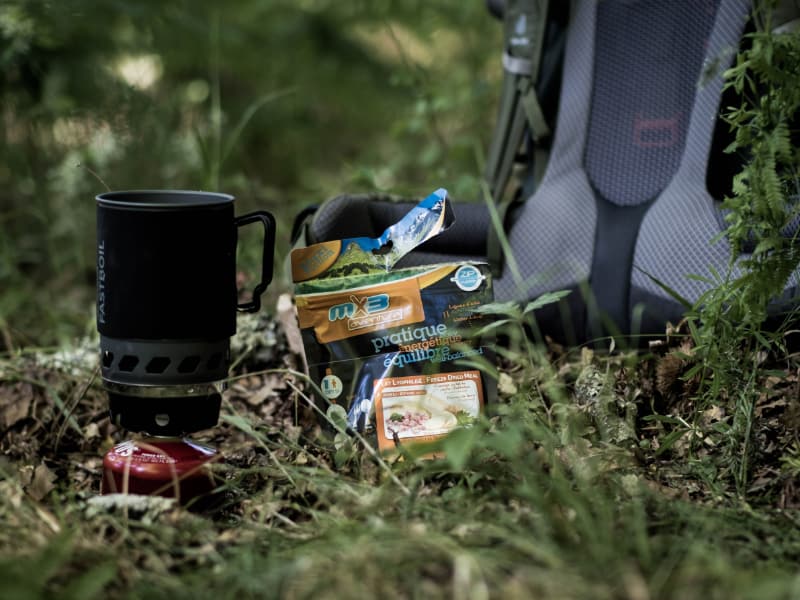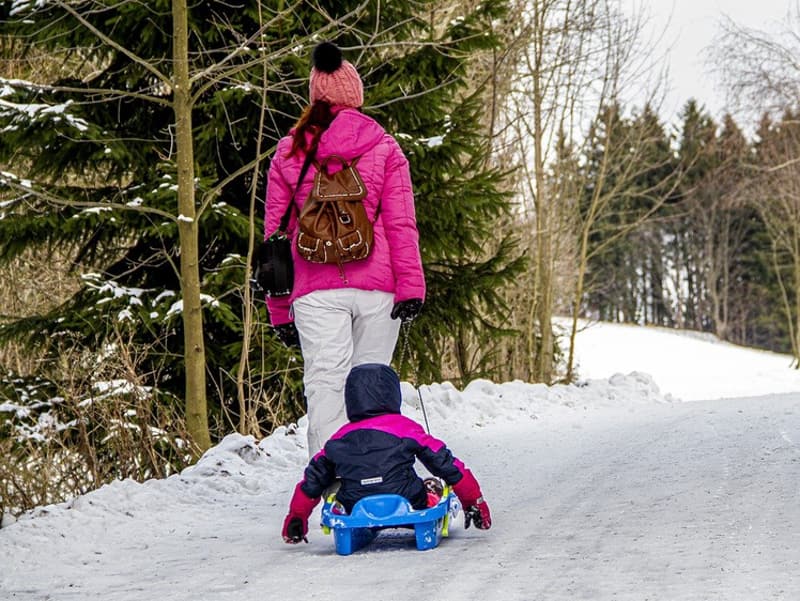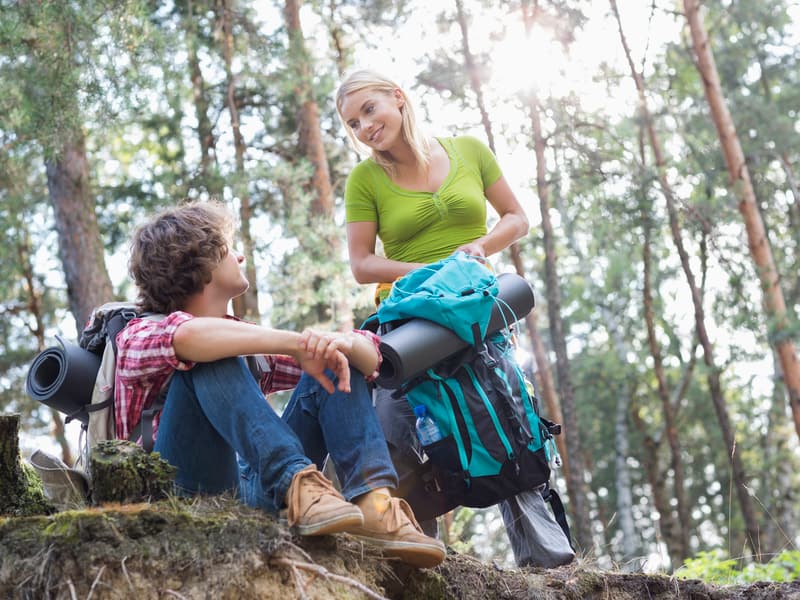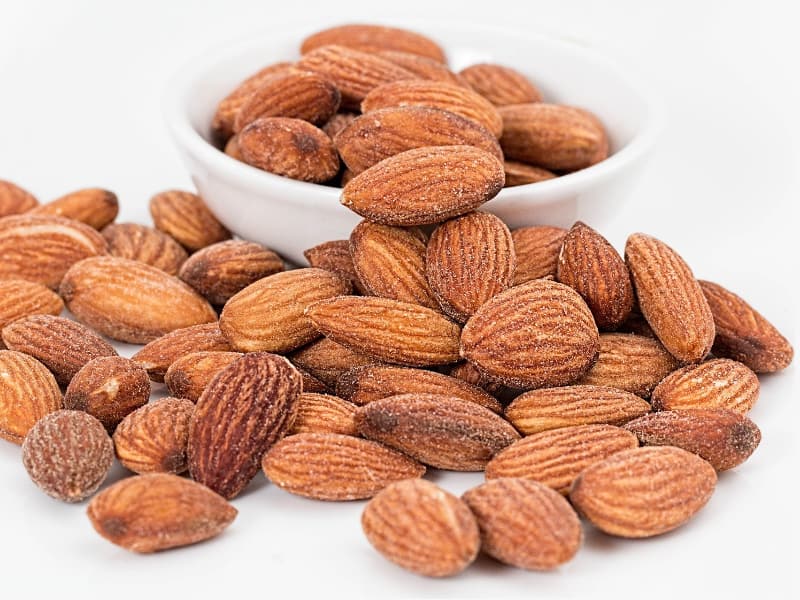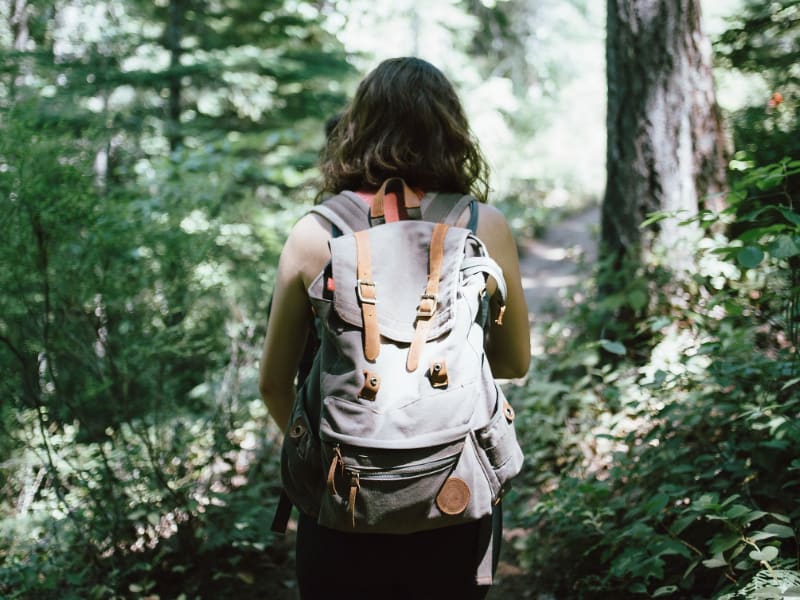The thought of how to find clean water on a hike has probably crossed your mind if you travel outdoors often. While finding drinking water in the wilderness can be tricky, it’s possible.
Locate Water Sources
Drinking water is essential, so it’s best to prioritise finding a source — even if it’s not clean. It might be challenging to find any, but don’t give up. You can collect water from rain, puddles or streams, but nothing is guaranteed depending on where you’re hiking. Still, you should always set out to find bodies of water because it won’t always rain.
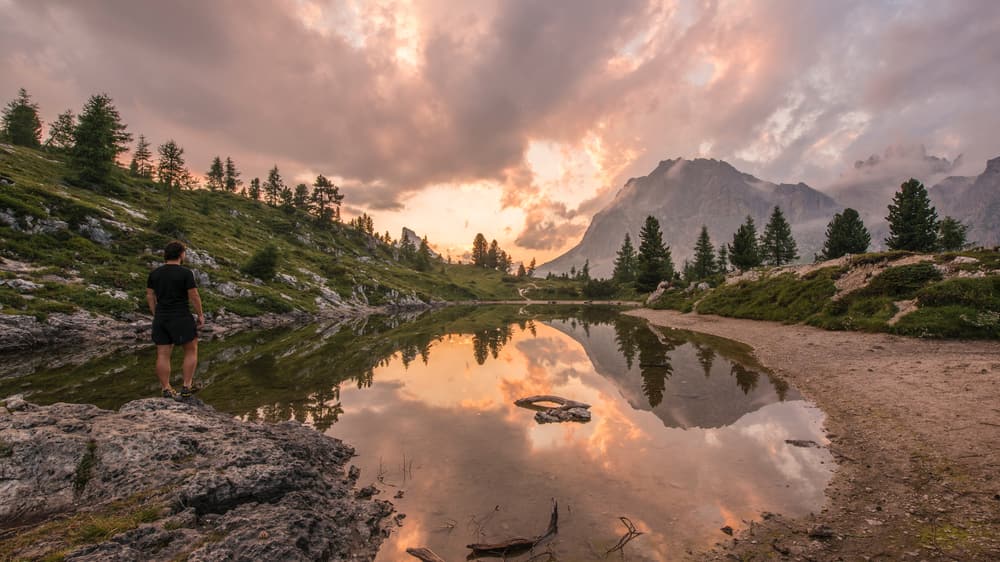
1. Walk Around and Listen
If you’re unsure where to look, you should first walk around and listen for the sound of running water. Pay close attention because groundwater movement is still audible even if it isn’t loud. Running water is a much safer bet than stagnant water.
2. Go Downhill
You should make your way downhill or to places of lower elevation to find water since gravity pulls it straight down. It’s especially beneficial if it’s rained recently since you’re more likely to discover puddles that haven’t dried up yet. They don’t have the best flavour, but it’s better than going without.
3. Dig a Hole
Water might be right under your feet because England has a little over 2 billion cubic metres of groundwater. Move downhill and start digging until you’ve made a sizable hole. It won’t immediately fill with water even if you’re in the right spot, so be patient.
4. Collect Some Rain
You should know that it’s never guaranteed to rain — even if your weather app assures you otherwise — but covering all your bases is still a good idea. It’s smart to set up a rain collection system if you’re stuck in the wilderness for a while or see a storm rolling in. You can use your empty water bottle, for example. You don’t have to be present to collect the water, so you can look for other water sources after you set it up.
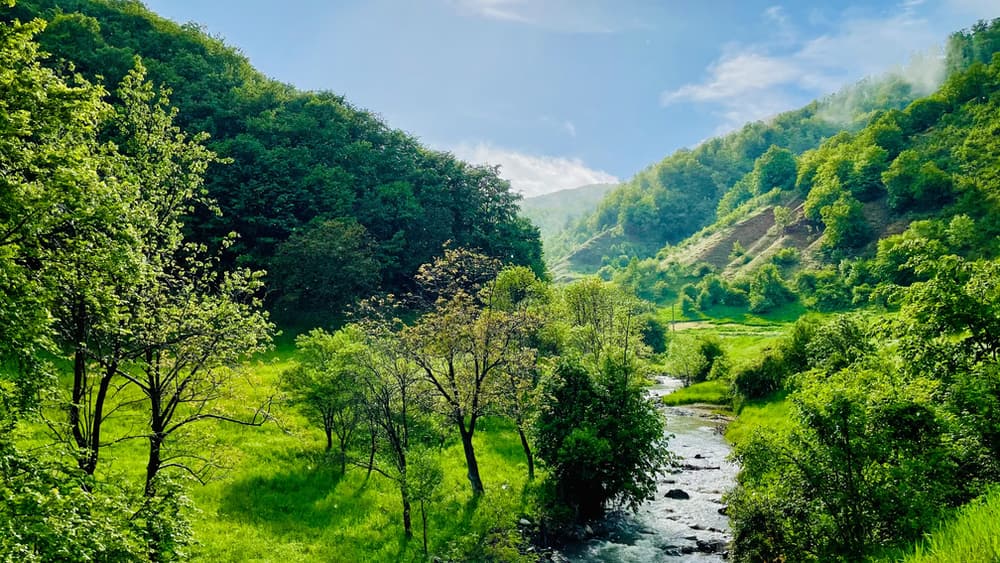
Clean Your Water
England’s rivers carry raw sewage, microplastics and a slurry of filth, so it’s wise not to take chances just because you’re thirsty. Drinking dirty water isn’t just a gross choice — it’s a dangerous one. It can cause diseases like diarrhoea, polio and dysentery, which put you at great risk if you’re stuck in the wilderness.
You should never drink dirty water, and adults require half a litre of water for each hour they hike, so it’s essential to gather and sanitise as much as possible. Ensuring it’s clean is just as important as finding it in the first place.
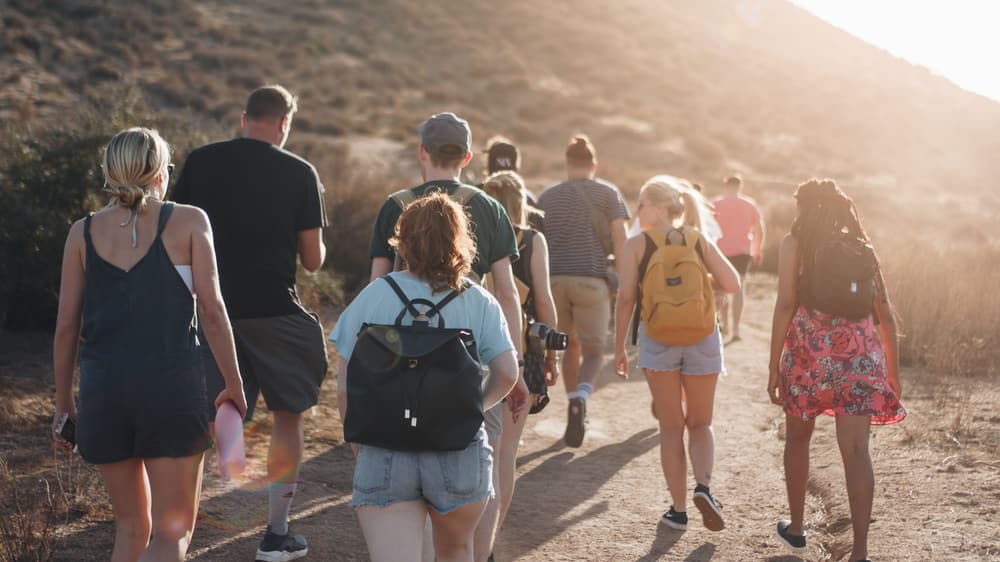
1. Boil It
Water isn’t safe just because it looks clear, so you must figure out how to sanitise whatever you find. Boiling your water in the middle of a forest isn’t as practical as other options, but it’s a sure way to clean it. Heating it to 100 degrees Celsius for two minutes is an excellent way to eliminate bacteria and viruses. However, you’ll need dry materials — which might be difficult when it’s perpetually rainy — and matches to start the fire.
2. Use Purification Tablets
Water purification tablets are made of chlorine or other chemicals and work to sanitise small quantities of water quickly. All you do is drop one into a water bottle to make it safe for consumption. They are the obvious choice if you brought some along with you, but you probably wouldn’t be wondering how to find clean water on a hike if that was the case.
3. Filter It
Small tools like special straws or water bottles automatically filter water. You can create one with an empty plastic bottle if you don’t have any.
First, remove the cap and cover the opening with cloth. Then, cut the bottle in half, turn the top upside down and stick it into the bottom piece. Dump dirt, sand, pebbles or leftover charcoal from a campfire into the top and strain your water through it. You’ll likely have to do it multiple times to get clear water, but it’s a simple solution.
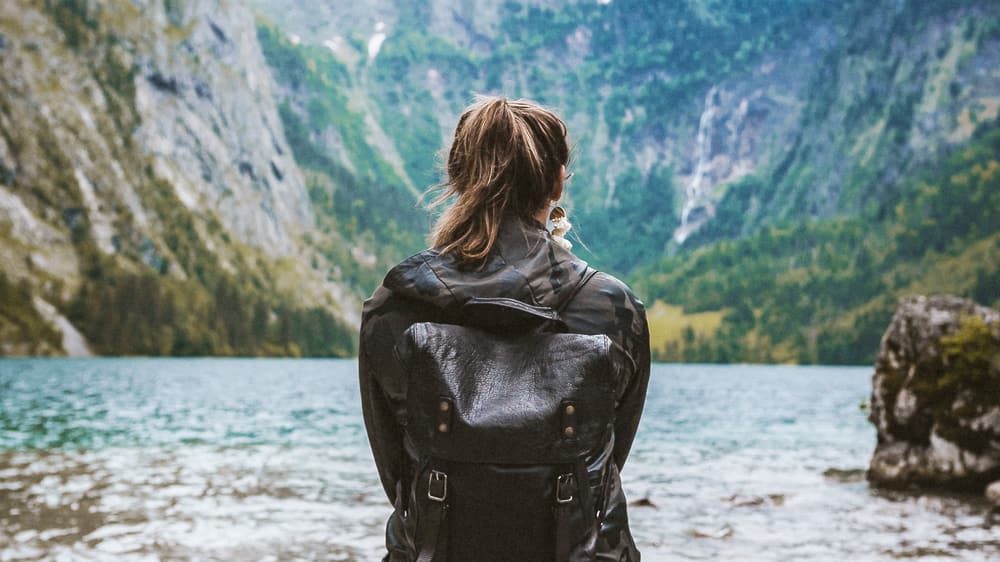
Find Clean Water on Your Hike
It’s best to come with water already packed, but it’s not unusual to find yourself in situations where you run out or get lost and need a long-term solution. You might have to walk around for a while before you find water — and cleaning it takes patience — but there are plenty of ways to remain hydrated on a hike.

